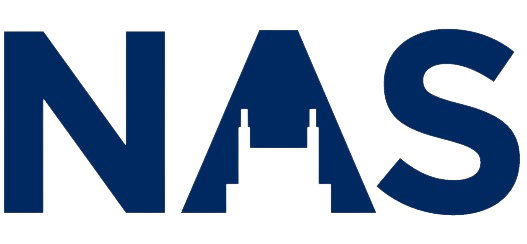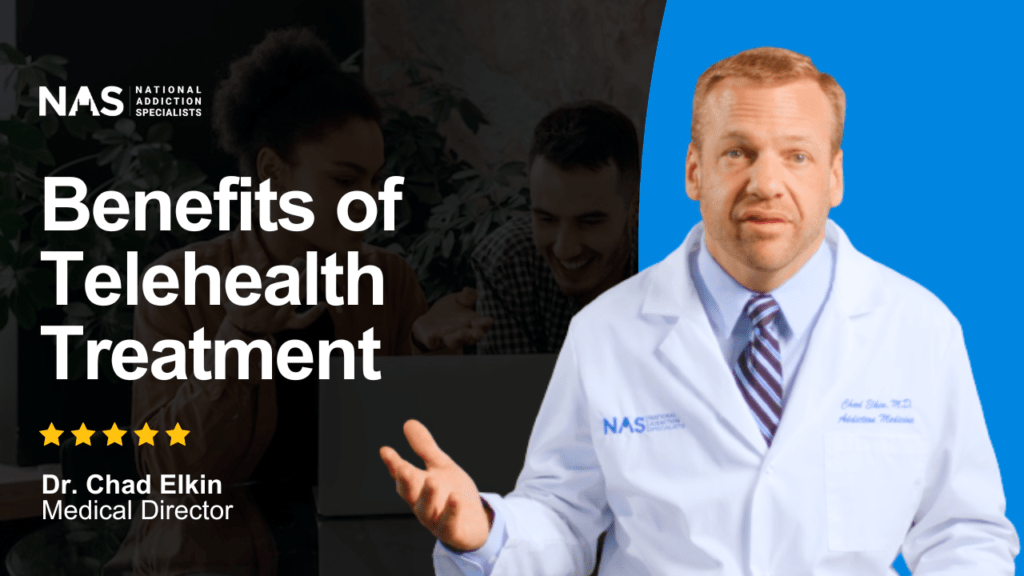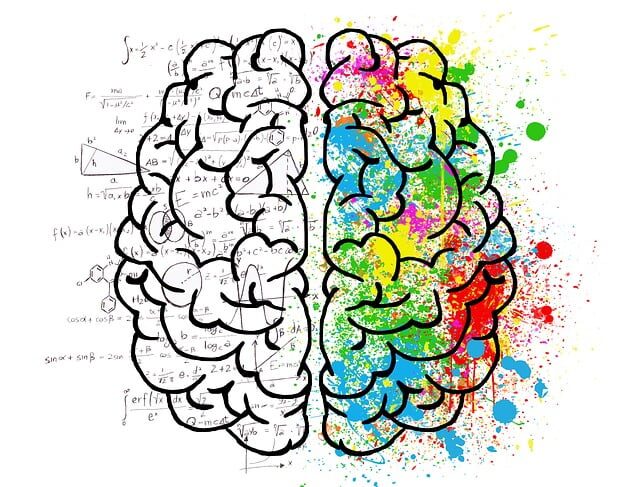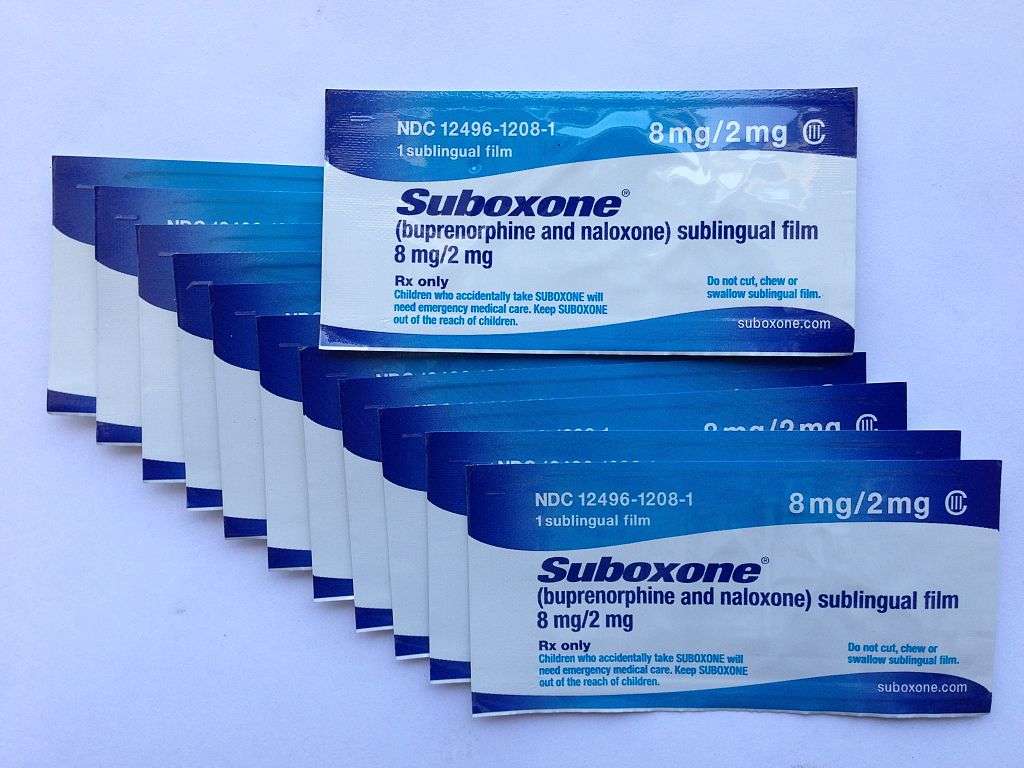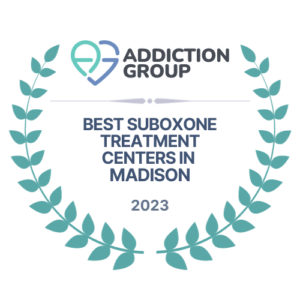The opioid crisis continues to impact countless lives, and understanding the complex landscape of opioid-related arrests and incarceration is crucial. With over a million people arrested annually for offenses involving substances , it’s time to explore alternative solutions and reevaluate our approach to drug policy. In this blog post, we’ll dive deep into opioid-related arrests and incarceration mandated treatment statistics, trends, and alternative strategies that could help address this pressing issue more effectively.
Key Takeaways
- Possession arrests for drugs such as methamphetamine, cocaine, marijuana, heroin, crack cocaine, and oxycodone dominate US drug arrest statistics with glaring racial disparities.
- Overdose Prevention Centers have been shown to reduce overdose mortality and link individuals with healthcare without increasing crime rates in their vicinity.
- Mandated treatment programs are an effective alternative to incarceration which help reduce recidivism and improve outcomes for those struggling with substance abuse disorders.
Exploring the Scope of Opioid Arrests and Incarceration


The criminal justice system sees a large proportion of drug offenses among drug court participants and arrests for heroin, opioids, or their derivatives are still quite common. Prison-bound individuals with addiction lack access to appropriate treatment and only 1 in 13 receive aid. This signals the necessity for an alternative approach to drugs that considers health factors as well as reevaluating our strategies regarding using law enforcement. Drug possession is seen often within this arena, which makes up part of its caseload without proper rehabilitation resulting from inadequate substance abuse programs inside prisons being provided.
Possession Dominates Drug Arrest Statistics
Between 2010 and 2022, drug possession arrests made up between 81.9% and 87.8%, while manufacture or sale of drugs was responsible for 12.2-18.1%. The most common substances implicated in these possessions were methamphetamine, cocaine, marijuana, heroin crack and oxycodone linked to the opioid overdose crisis. Specifically, heroin and oxycodone users are particularly affected by it.
Racial inequalities are evident when looking at such arrests, with Black people especially those under 18 suffering more from them, leading to a need for human services to provide equal access to treatment as well as resources.
Trends in Sale or Manufacture Arrests
Drug-related offenses account for a significant number of arrests in the United States, with most being related to possession but some associated with sale and manufacturing as well. Methamphetamine, cocaine, marijuana, heroin, crack cocaine, and oxycodone are typically linked to these arrest figures from federal agencies. The stability of drug sales or manufactured criminal justice statistics points toward an insufficient tackling of the cause by law enforcement efforts along with legislative policies that should focus more on prevention through health approaches such as treatment options rather than reliance only on punishments imposed from within the justice system. Community engagement is also essential with interagency cooperation all playing their part in combating this problem.
The Impact of Overdose Prevention Centers on Crime
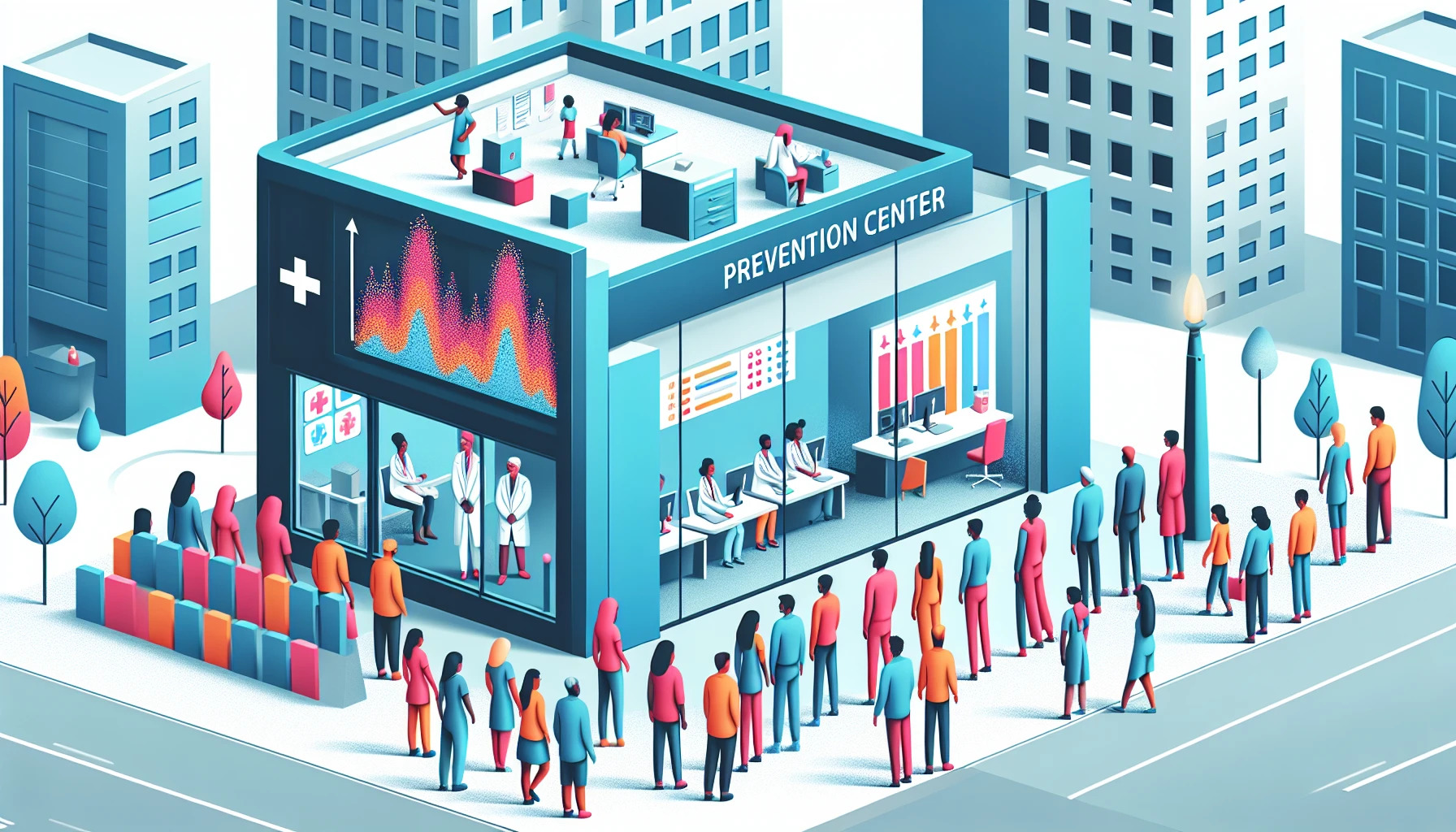

Safe Consumption Sites, or Drug Consumption Rooms as they are sometimes called, offer a place to use drugs in the presence of trained staff. The aim is not only to prevent overdose fatalities but also promote hygiene and provide access to sterile equipment along with services such as drug counseling and other methods of harm reduction. Research has revealed that these centers can lower overdose deaths rates while curtailing the spread of infectious diseases by linking people up with health care programs and social support networks related to substance abuse.
A study conducted in New York City showed no rise in crime rates near Overdose Prevention Centers. Rather, there was an obvious decrease observed close by when it came down to issuing criminal court summonses, demonstrating how this form of solution can be effective without encouraging criminality concerning opioid addiction.
The Paradox of Drug Imprisonment Rates
The lack of correlation between drug imprisonment rates and the number of drug-related issues in states presents a paradox. Race, poverty, and geography are all thought to be more influential than substance use or crimes committed related to drugs when it comes to incarceration levels. This reveals why there must be other options for justice such as alternative programs that can address problems beyond jail time instead of simply punishing with prison sentences. Evidence has demonstrated treatment mandates have been successful at minimizing recurrence among those who commit offenses associated with narcotics and decreasing criminal activity linked with substances, thus decreasing recidivism.
Book your appointment today to get help for your substance use disorder!!
Mandated Treatment as an Alternative to Incarceration


Drug court programs and adult drug courts, specifically designed for those involved in the criminal justice system with substance use disorders from drug-related offenses, offer extensive substance use disorder treatment that has been proven to decrease recidivism. The effectiveness of these specialized drugs courts have allowed them to become a part of the wider health focused approach to addressing crimes tied with substances.
Effectiveness of Drug Courts
Drug courts have been proven to be successful in reducing both recidivism and illicit drug use. Research conducted by the National Institute of Justice showed a 40 percent rate for participants vs 53 percent who were not involved with court proceedings when it comes to being rearrested or committing an offense within twelve months prior to study period interviews. This 20% difference is quite significant, also indicating that 76% took up drugs during this time frame compared to other years’ rates which were lower. Drug court’s effects are ultimately backed up through treatment plans requiring minimum one year participation along with continual supervision including random testing from judicial staff, sanctions as well incentives providing individuals motivation towards completing goals resulting in decreased sentences or charges dismissed altogether depending on success observed per participant basis.


Substance Abuse Treatment in Criminal Justice Settings
Studies have demonstrated that providing substance abuse treatment to individuals in the criminal justice system lowers their risk of returning to a life of crime. It is estimated that between 47% and 65% of US prisons struggle with drug-related issues, meaning access to quality services is essential for reducing recidivism rates. Such access remains limited due to certain obstacles. Including inadequate funding levels for these treatments as well as stigma associated with addiction and insufficient staff training on managing this issue. Substance Abuse Treatment programs commonly used by United States prisons/jails include: Drug Testing Programs, Counseling sessions (both individual & group therapy), along with Medication Assisted Treatment (MAT), which usually includes the use of Buprenorphine based products. In conclusion, successful implementation or utilization of effective drug rehabilitation programs has been shown to be a key ingredient when tackling both substance use and recidivism among those working with drug courts and treatment programs.


Policing Practices: Time and Resources Spent on Drug Offenses
The expenditure of law enforcement resources on drug offenses is a significant amount. It usually takes two to five hours for an arrest concerning marijuana possession in New York City. This raises questions about the effectiveness and consequences of such activities in other types of criminal cases. Studies differ on whether this heightened focus results in more violent crime or if it takes away money from programs that could be better used to address drug issues without incarceration being necessary.
Research should be done into how increased emphasis placed on drug-related problems impacts any potential resolution related to different crimes overall.


Public Perception and Policy Shifts
Public attitudes towards drug policy have undergone a drastic shift, with health now being the primary focus. For legislators to enact effective policies, it is essential for policymakers to understand alternatives for dealing with drugs such as increased emphasis on treatment rather than punishment. Health should be at the forefront of any changes that are made, and substantial modifications may need to occur if we hope to change our current approach to drug policy from one based on punitive actions to one focused on reducing harm and improving care within this area.
Reevaluating the Drug War Approach
By adjusting our way of thinking about the drug war and emphasizing prevention instead of punishment, we can be more successful in dealing with illicit substance-related offences. To accomplish this shift to a health centric approach, investing in proper treatment plans for those suffering from substance use disorders including opioid use disorder as well as enlarging existing Drug Courts within the criminal justice system is key. The current actions taken by authorities have not brought desirable outcomes. This indicates that different approaches are needed. With access to the necessary resources and adequate care options available through courts and treatment programs, individuals can benefit on a social and personal level that will also decrease financial strain on the justice system.
Summary
It is essential to evaluate our public safety approach towards drug policy and explore alternatives given the breadth of opioid-related arrests, incarceration, and its ineffectiveness at treating the substance use disorder or decreasing mortality in relation to overdose deaths. By investing in substance abuse treatment within the criminal justice system, expanding drug courts, and giving precedence to treatments over imprisonment, we can address the fundamental issues that bring about crimes related to drugs, decrease overdose deaths, and break free from addiction’s cycle of recurrence. Some alternatives that have proven effective also include social services (social workers), vocational training, technical assistance, and federal inmate treatment and follow-up treatment after release as this time target populations are more prone to overdose just after release. Promoting more just and effective policies for illegal substances provides us a chance at advancing towards a more effective solution to drug-related arrests that benefit not only federal inmates, but also society and the justice system.
Frequently Asked Questions
What is the prevalence of drug possession arrests in the United States?
Between the years 2010 and 2022, in America, there was an estimated prevalence rate of drug possession arrests that ranged from 81.9% to 87.8%.
How effective are drug courts in reducing recidivism and drug use?
Research shows that drug court graduates have a significantly lower likelihood of re-offending and consuming drugs, with 84% avoiding arrest in the 12 months following graduation. Those who take part are much less likely to engage in criminal activity or use illegal substances.
What is the paradox of drug imprisonment rates?
Despite no rise in drug-related problems within states, the imprisonment rates for those convicted of drug offenses have been on the increase. This poses a paradoxical situation.
How is public perception shifting in terms of drug policy?
Public opinion is transitioning to a more health-centric attitude in relation to public health towards drug policy and justice programs, with backing for treatment and reduced risk methods instead of stricter punitive actions or correctional facilities. This puts into question our current approach in combating drugs and drug-related offenses.
Interested to learn more? Read more related articles: Best Ways to Ask for Help for Addiction
Book your appointment today to get help for your substance use disorder!!


Medically Reviewed By
Chad D. Elkin, MD, FASAM, ABIM, ABPM
Chad D. Elkin, MD, FASAM, ABIM, ABPM, is double board-certified in both Internal Medicine and Addiction Medicine and is a Fellow of the American Society of Addiction Medicine (ASAM). His professional interests focus on social determinants of health, addiction medicine, public education concerning the opioid epidemic, public speaking engagements, and addiction medicine legislative advocacy at the state and national level . He is heavily involved with ASAM with both national and state roles including activity on the Practice Management and Regulatory Affairs Committee (PMRAC), State Advocacy and Legislative Affairs Committee (SALC), and is the Legislative Chairman and President-elect for the Tennessee chapter of ASAM.
Sources:
https://www.americanprogress.org/article/ending-war-drugs-numbers/
https://drugpolicy.org/drug-war-stats/
https://nida.nih.gov/publications/drugfacts/criminal-justice
https://www.vera.org/publications/for-the-record-prison-paradox-incarceration-not-safer
https://www.ojp.gov/feature/drug-courts/overview
https://www.cnbc.com/2021/06/17/the-us-has-spent-over-a-trillion-dollars-fighting-war-on-drugs.html
